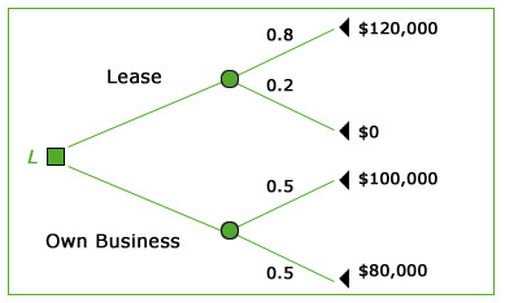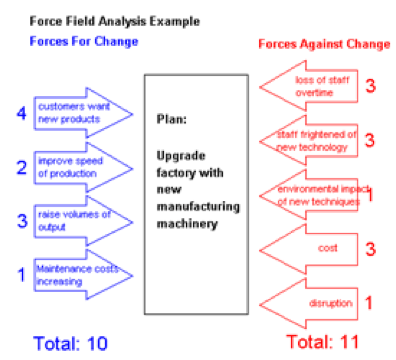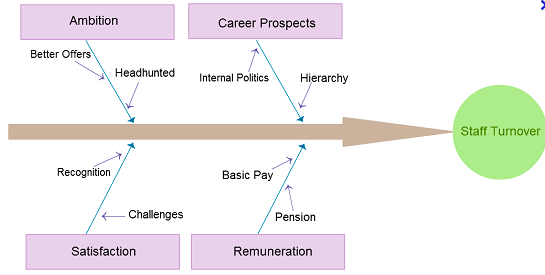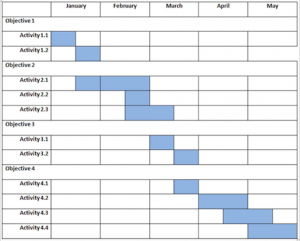Managers are involved in making decisions every day. There are three levels of decision-making:
- Operational: Routine day-to-day decisions. Usually made by lower-level managers. Low-risk.
- Tactical: Regular and short-term decisions. Made by middle management. Medium-risk.
- Strategic: High-level long-term decisions that give direction to the business. High-risk.
A decision-making framework shows how different decisions are made. This Keynote outlines the main types.
Decision-making tools
Managers can utilise a range of tools to help them come to the right decision. The DP Business Management Guide identifies four of these:
1. Lewin’s Force Field analysis
Considers forces both for and against the decision. The forces are weighted according to their relative importance and an overall ‘score’ for both views is produced leading to a quantified and objective decision.
2. Ishikawa’s Fishbone analysis
Looks at the contributing factors that have led to a problem or issue facing a business.
This tutorial link provides useful guidance on how to conduct Fishbone analysis.
3. Decision trees (HL)

Evaluating decision trees – Keynote
Task – Decision tree exam question


